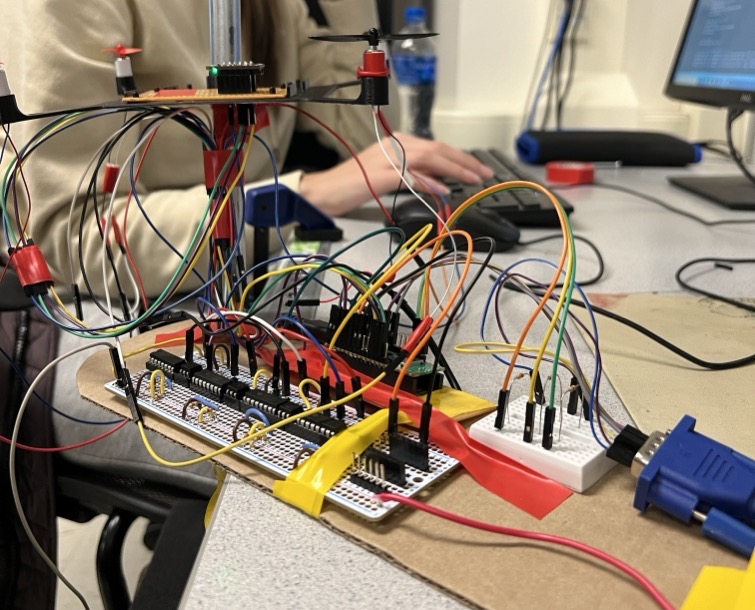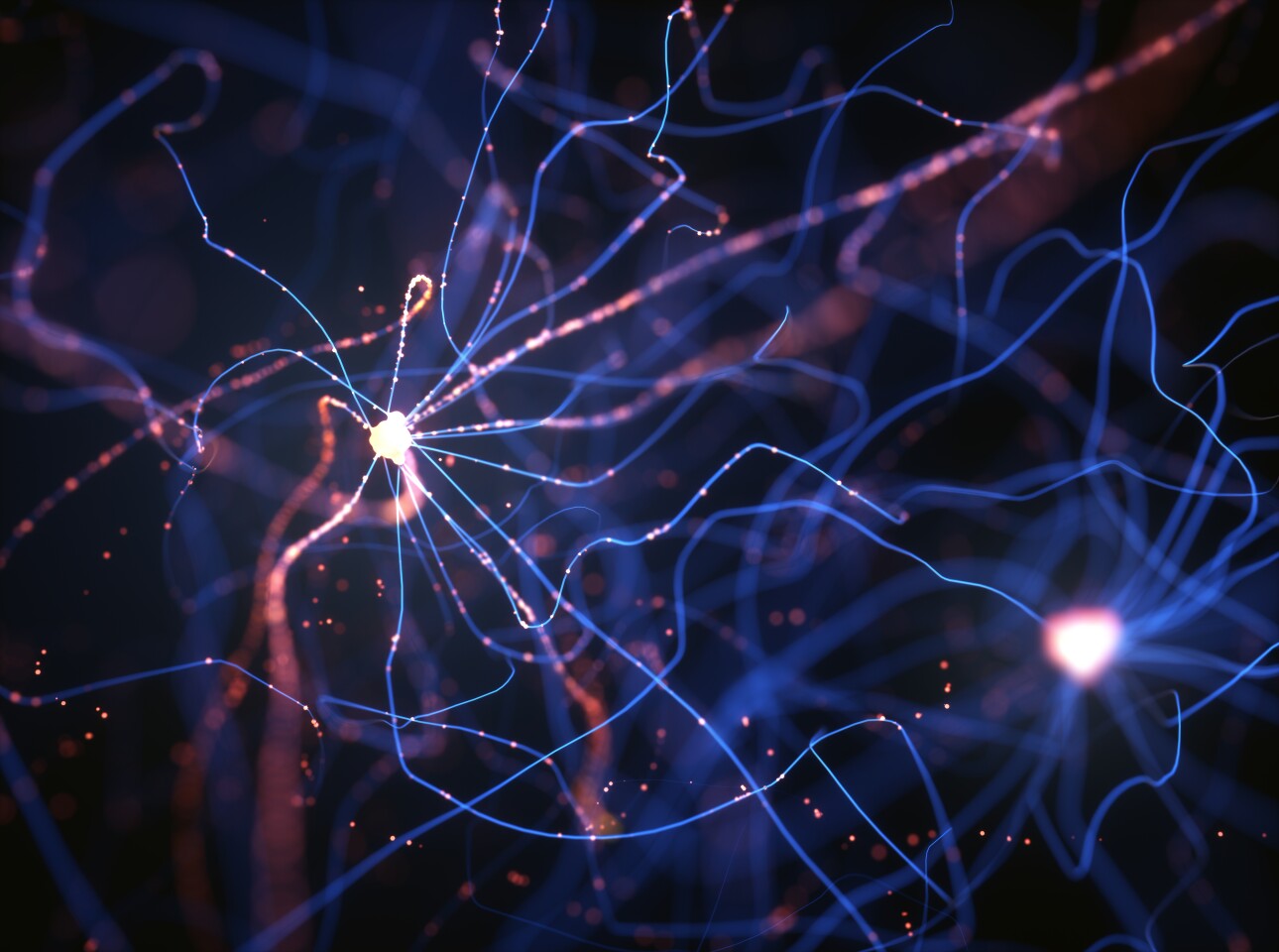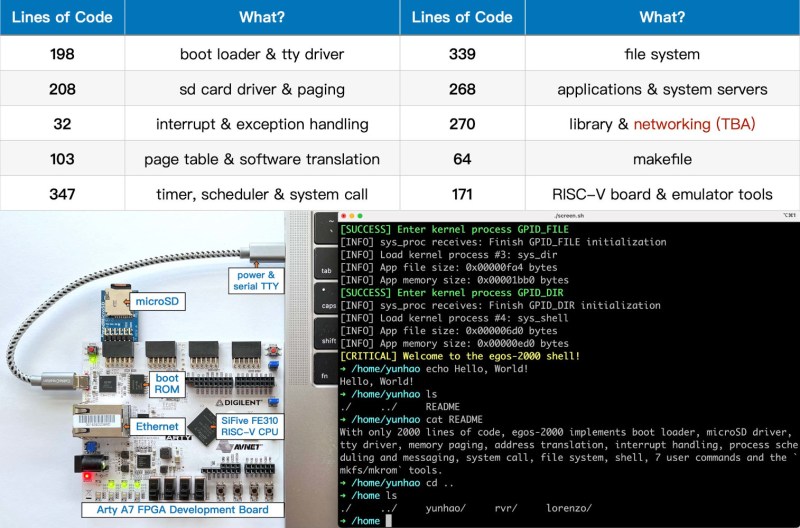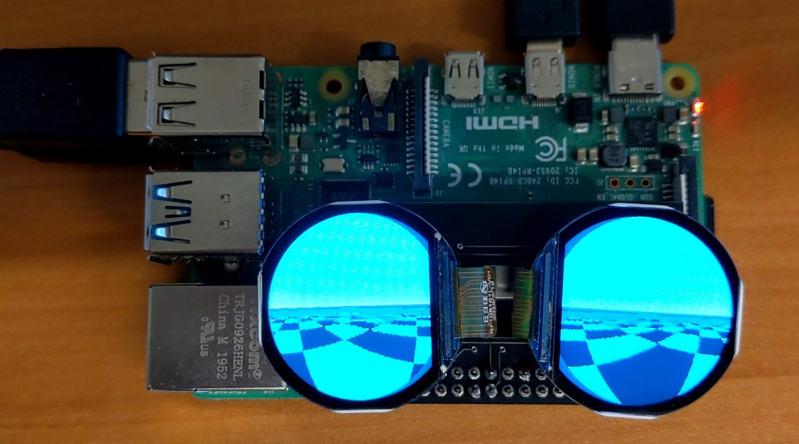Simon Says with an RP2040
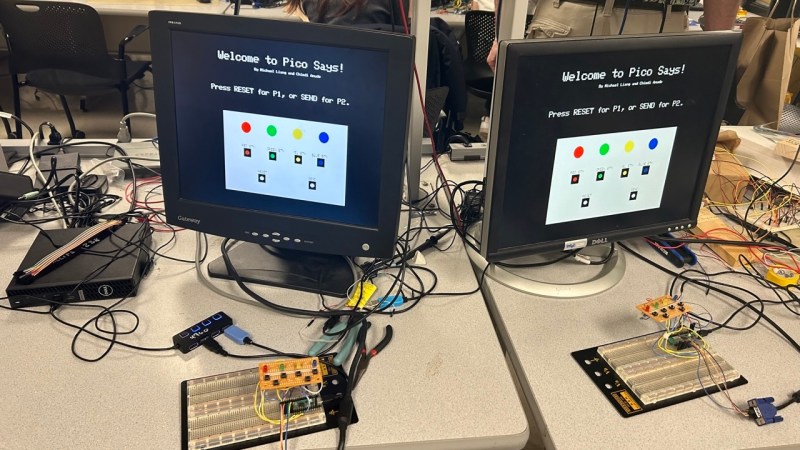
The team of [Michael] and [Chimdi] from Cornell’s Designing with Microcontrollers (ECE 4760) Fall 2023 session designed a version of Simon Says on an RP2040 which they call Pico Says. …read more Continue reading Simon Says with an RP2040
